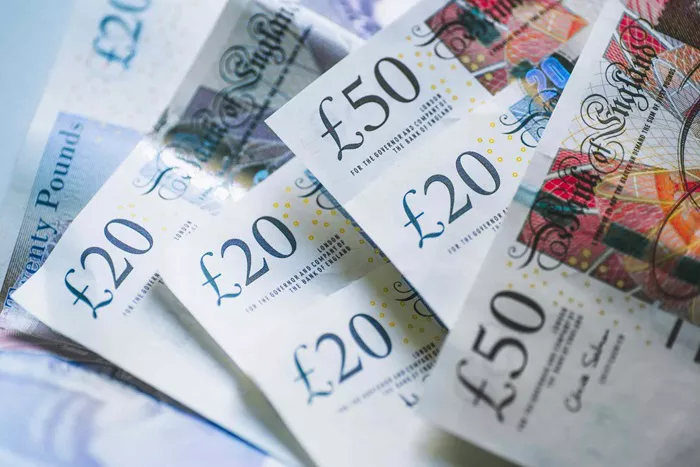On Friday, the latest data from the Office for National Statistics (ONS) brought some positive news for the UK economy. In February, the Gross Domestic Product (GDP) rebounded by 0.5% month – on – month (MoM). This was a significant improvement compared to January, when there was no growth. Economists had predicted a more modest 0.1% growth for the period, making the actual figure a pleasant surprise.
Other Economic Indicators Show Strength
The positive economic momentum wasn’t limited to GDP. The Index of services for February came in at 0.6% for the three – month period ending in February, up from 0.4% in January. Additionally, UK industrial and manufacturing production figures for February exceeded market expectations. Industrial production jumped by 1.5%, while manufacturing production soared by 2.2%. These numbers indicated a robust performance in the industrial and manufacturing sectors, which are key drivers of the UK economy.
Pound Sterling’s Underwhelming Response
Despite the upbeat economic data, the Pound Sterling (GBP) failed to gain significant traction in the currency markets. At the time of reporting, the GBP/USD pair was trading only 0.20% higher on the day, hovering near the 1.3000 mark. This underwhelming response suggested that investors might be cautious, perhaps looking for more sustained economic growth or waiting for other factors, such as central bank policies or geopolitical developments, before making significant moves in the currency.
GBP’s Performance Against Other Currencies
A look at the GBP’s performance against other major currencies on the day showed a mixed bag. As the data in the provided table indicates, the Pound was the strongest against the Australian Dollar. Against the euro, it had a relatively small movement, with a 0.41% gain. Against the US dollar, the 0.16% increase was in line with its muted reaction in the GBP/USD pair. These currency movements are influenced by a variety of factors, including interest rate differentials, economic growth prospects in different regions, and overall market sentiment.
Investors and market watchers will be closely monitoring future UK economic data to see if the strong February performance is a sign of a broader economic recovery. The lackluster response of the Pound Sterling to the positive GDP data also leaves room for speculation about how future economic announcements will impact the currency in the coming weeks and months.
Related Topics:
GBP Weakens as UK October GDP Data Disappoints, Scotiabank Analyzes
EUR/GBP Holds Steady Near 0.8400 in the Wake of UK Employment Data
FTSE 100 LIVE: UK Stocks Rally, Bond Yields Dip Amid Market Moves


